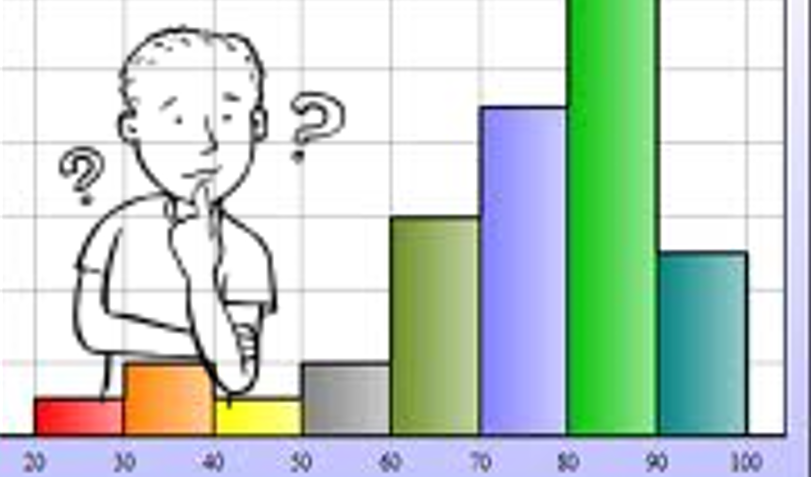Summary
In order to assess the student’s ability to compute with decimals, students were tested in a reallife scenario. In this collaborative project, students in two different classrooms at different schools were doing the same project. Students explored, researched, and built actual shipping containers for Goldfish crackers. Students were given a budget of $20 to ship 25 crackers to a peer group in the other class. Any money that was left over after paying for materials and actual shipping costs (found on the online USPS Postal Calculator) was a “profit” for that group. If any Goldfish crackers broke, money was deducted from their profit. Students were given complete control over their budget, as long as they understood that they may have a problem if all of their money was spent and any crackers broke. The students weighed and calculated the shipping cost as a part of their budget and then the packages were actually sent to the other class. Students that had differing levels of shipping (First Class, Express, etc) had different damage levels to their packages.
Once the packages arrived in the other classroom, the peer group had to evaluate the quality of the package and used a shared Google Doc to communicate the amount broken from the package and the profit that their peer group would receive. Then, using only the materials that were sent to them, they rebuilt the container to improve upon its shipping capability. Students then shared this new design through a Skype session and wrote reflections of the entire process. Students also Skyped and blogged with an industrial shipping expert to be better prepared for the experience.
TIPC Ratings
The research done in this lesson was more related to speaking with experts than traditional web sources and print sources. Even so, it scores in the approaching range.
Students used several digital tools to collaborate with peers and with experts. Since the peer collaboration was done via a Google doc, the teachers did not have to worry about having their math classes at the same times. Reflection was inherent in the process since students had to refine and re-build their packages. This lesson scores in the target range.
Students generated and responded to purposeful questions through out this lesson, so it scores approaching. The problem solving involved in making their packages and in assessing the packages they received from the other school required them to think critically in order to improve upon the initial design.
This lesson scores target with students generating new ideas and taking strategic risks in their designs.
Student Artifact
Download Files
- Lesson Plan
- Planning & Budget Sheet
- Pre-Work planning Sheet
- Rebuilding Plans
- Google Doc
- Link to Teacher Blog
- Link to Teacher Blog
- Link to HCPS TV Video of this lesson





